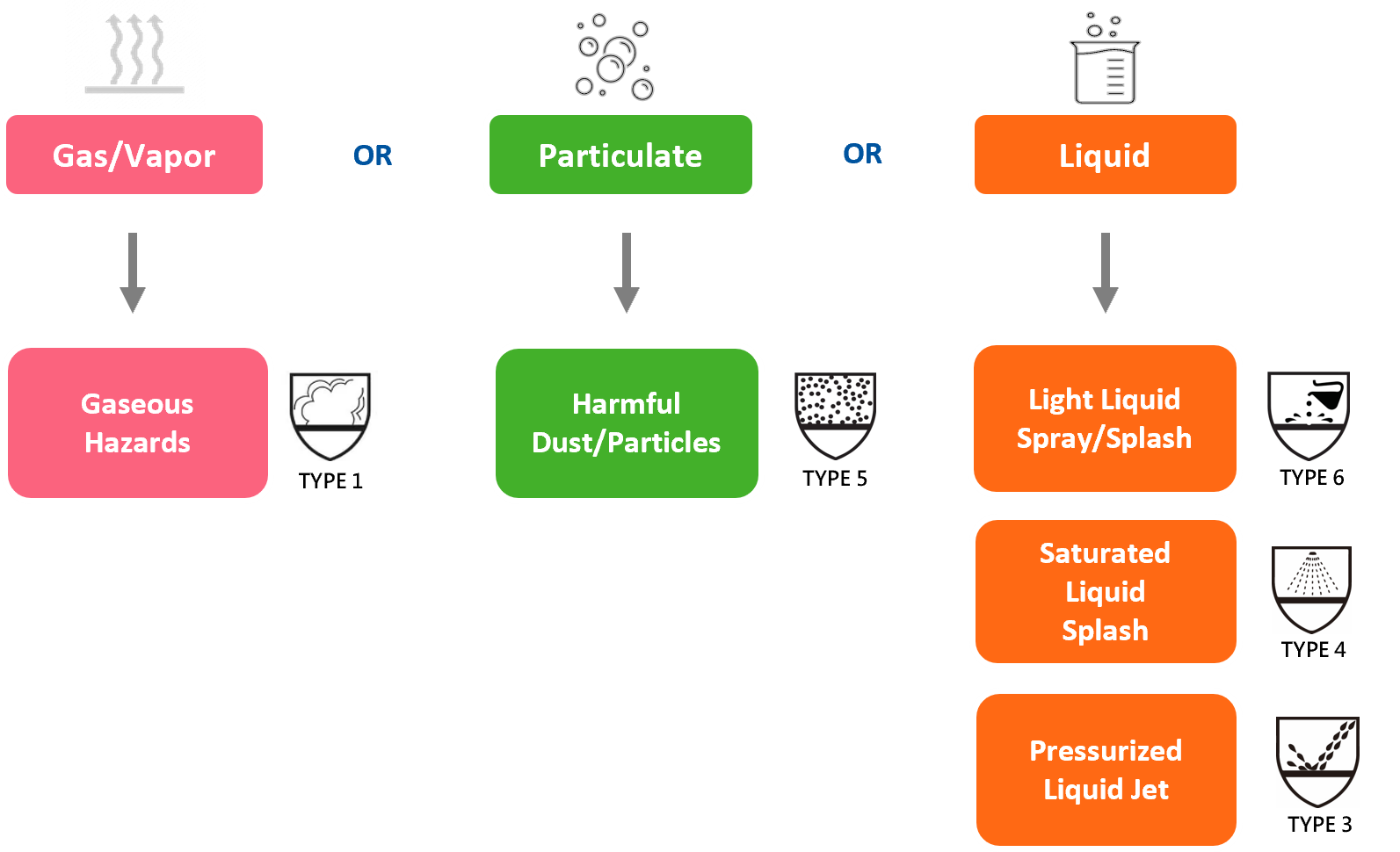With so many options, how do you know which coverall is proper for you? Every decision should begin with a risk analysis to determine the hazard forms before deciding on the appropriate protection against these risks. We have outlined important points to help you with the coverall selection procedure.
Identify your hazards & forms in the workplace

For specific tasks, you might need additional standards

If you work in the Oil and Gas industries, your shutdown maintenance may involve chemical jets, and your coverall should also have an antistatic feature to control static buildup and prevent sparks.

If you need to provide Pest Control services, or do Environmental Cleaning, you will need to protect yourself against pesticides or chemical disinfectants.

If you work in the Metal industry, which involves the welding process, besides protecting against dust particles, you will also need to protect against the limited flame spread.

If you are a Healthcare Personnel against aerosol transmission (solid particles & liquid droplets) of infectious disease, your appropriate coverall shall contain these protection shields.

The above is a general guide to help you choose an appropriate coverall, but different workplaces may require more specific advice to keep you safe; please consult your Safety Manager or us for final decisions!

